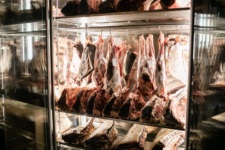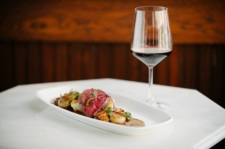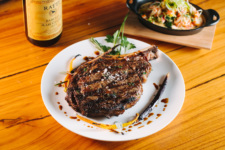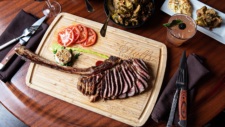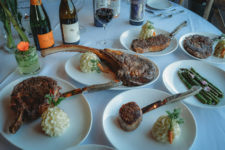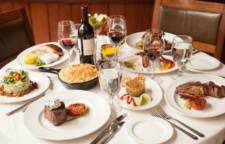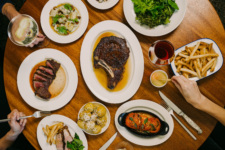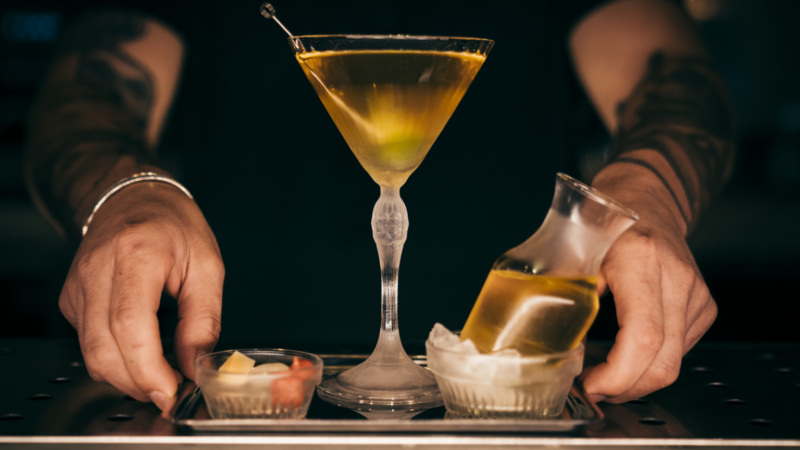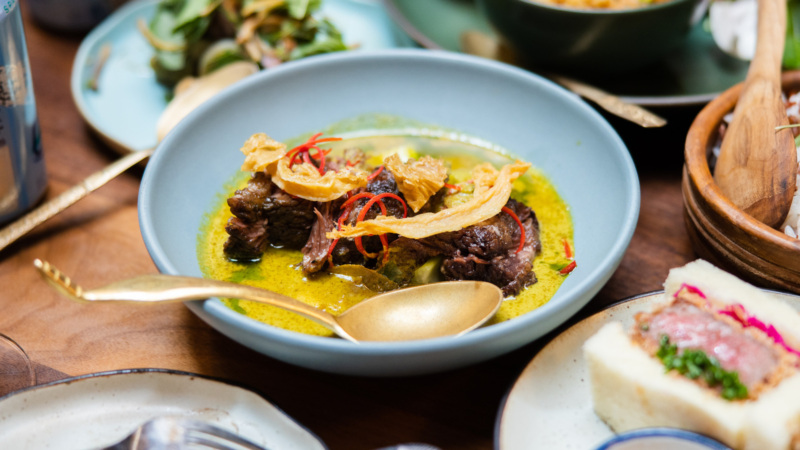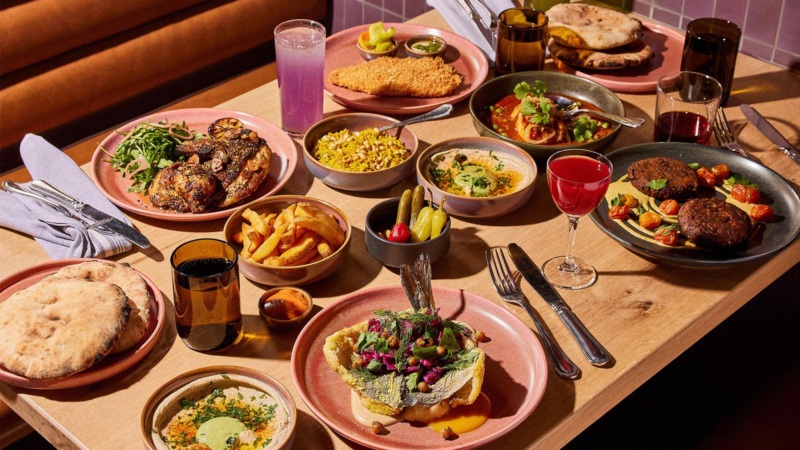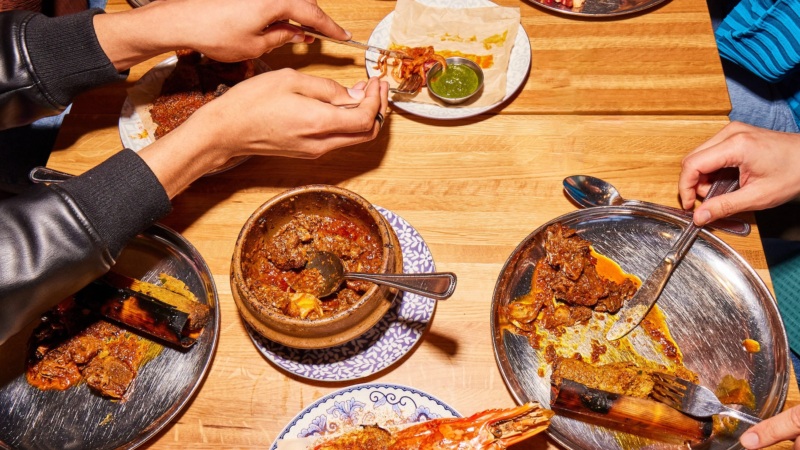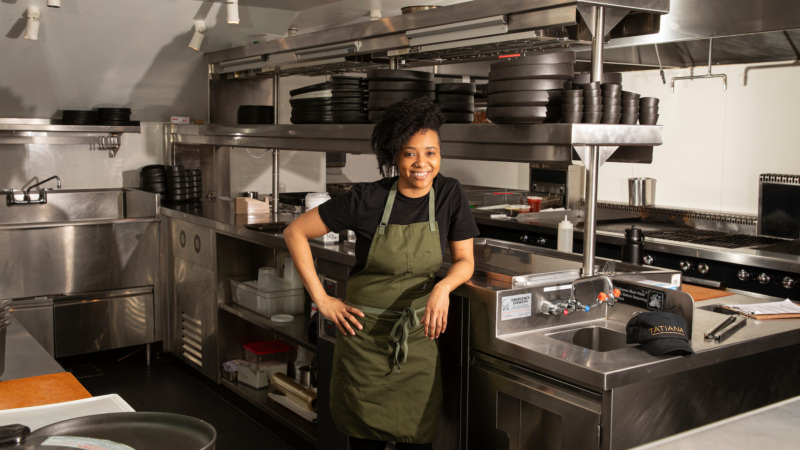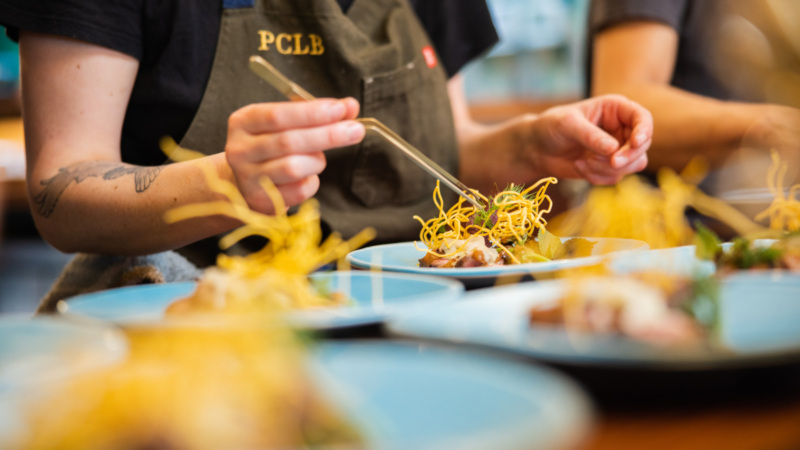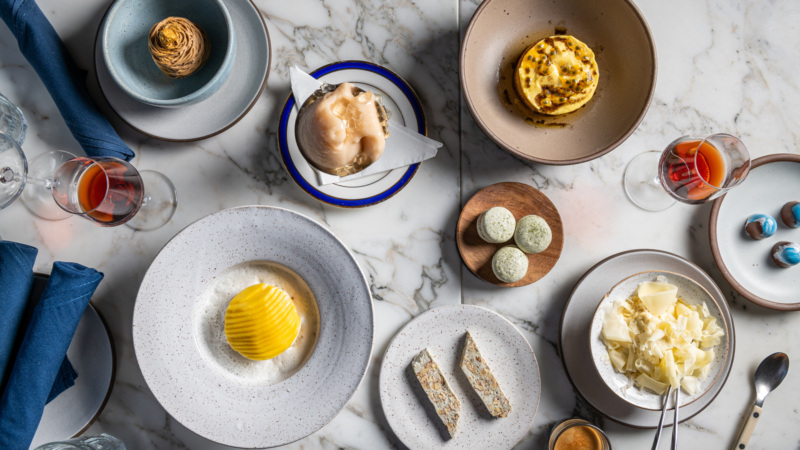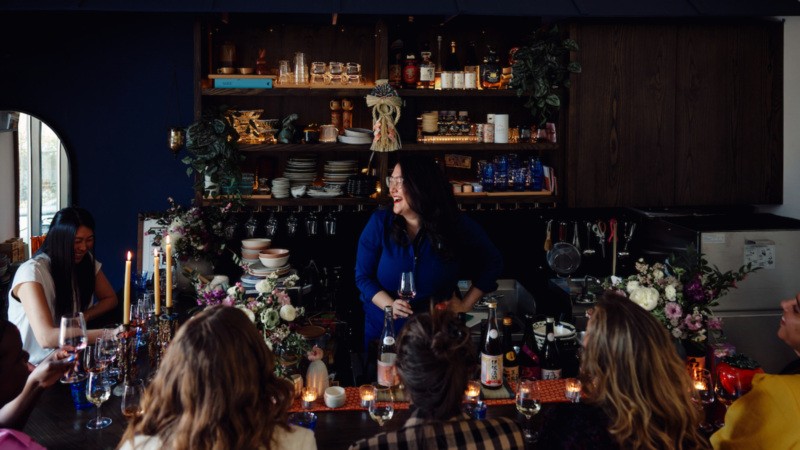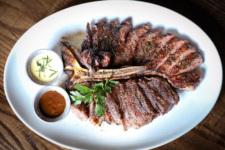
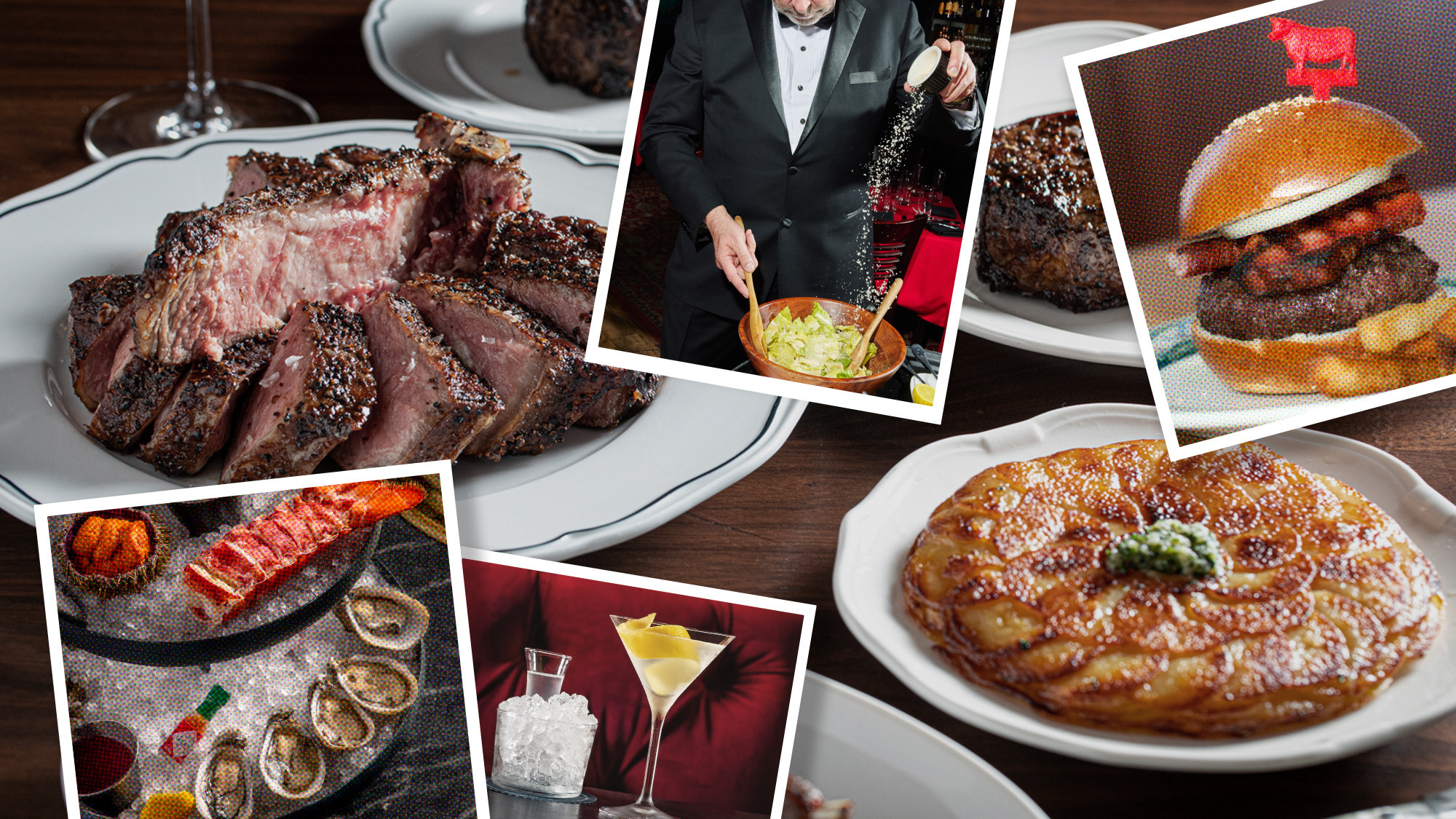
Five Ways to Understand the Steakhouse of Today
Among the perennial restaurant trends greeted by the ritual spilling of ink by legions of food writers, the return of the steakhouse surely must rank supreme.[1] The simpler truth is that steakhouses, since they emerged, like Venus on the half shell, from the early-19th century fever dreams of meat-and-beer consumption called beefsteaks, haven’t gone anywhere. They’ve put down roots in institutions like Delmonico’s and Gage & Tollner in New York or the Sirloin Room in the Stock Yard Inn in Chicago and have become part of the eternal landscape of dining in America.
This is not to say they haven’t evolved. Some have. Others haven’t. But they haven’t gone and come back with nearly the frequency or recency one might expect from the corpus of literature surrounding their status. The acknowledgement of this fact is also well documented in the genre of steakhouse revival stories. Writers in this genre tend to include the line from LL Cool J’s, “Mama Said Knock You Out,” “Don’t call it a comeback. I’ve been here for years.” This neat trick is at once an apologia, a hedge, and a justification for continuing.
[1] Ink is, by the way, a type of analog pixel made with soybean oil, pigment and wax that clings to newsprint, which is sort of like a screen but you can wrap fish in it.
I should know, since I have myself been guilty of many new-wave steakhouse stories over the years. I’ve revisited new ones and imputed Grand Theories of Third Wave Steakhouse. I’ve done so many roundups I probably could get a bit part in “Rawhide.”
The underlying reason why these stories are assigned — again and again — is simply that, despite the machinery of journalism demanding a steady diet of fresh trends to devour, the constancy of steakhouses defies those habits. Steakhouses have emerged unscathed through veganism, yuppie quiche fetishes, barbecue exceptionalism, onanistic tweezer fantasies. They have endured through the biopsy, autopsy, and subsequent reanimation of fine dining. They exist and will continue to exist because, whether it kills us or not, whether it dooms the planet or not, the urge to eat meat is so primal that altars to its consumption must be built.
And so, every time a rib eye catches our eye, we temporarily lose our object permanence and wonder, wide-eyed and mouth agape, at the ravishing return of the steakhouse.
It is, therefore, perhaps wiser to contemplate steakhouses — even the new ones that have opened across the country in the past year, each offering their own take on an honored institution — not directly but only indirectly. And since the only thing a food writer likes more than a steakhouse trend story, or a broad proclamation, is a good simile, perhaps that’s the best tool to consider the current state of the steakhouse.
In which case, let’s consider five ways that we might understand why, like the universe, the nature of the divine, and the chances the Knicks will make the playoffs, the steakhouse remains changing and yet unchanging, constant and yet evolving — an eternal puzzle to us all.
1. Steakhouses are like the sun.
As in: They’re a primal part of human existence not meant to be looked at directly, and on which we rely for sustenance. The steakhouse, like the sun, remains constant as we spin around her. It is we on Earth who rotate. And yet we look at each rise — of the sun, and a new steakhouse — as glorious.
Of course the rising of a new steakhouse does not mean the setting of an old one. Many of the great steakhouses of yore remain open, ready to be revisited even as new ones proffer pinkish hues of promise and prime rib. History, especially in restaurants, is often in short supply, and yet steakhouses, like the sepia-toned institutions like Peter Luger in New York, the heavily taxidermied The Buckhorn Exchange in Denver, or generally overlooked institutions like Wolfgang’s, Morton’s, and Mastro’s, are often our only culinary connection to a past that extends beyond 25 years prior. After all, one is not in search of novelty with each sunrise; just beauty and light.
Precisely because steakhouses are so immutable, even relatively modern institutions like St. Anselm seem to stand outside of time. When St. Anselm opened on a quiet strip of Metropolitan Avenue in Brooklyn in 2011, it had divested itself with the standard accoutrements of the steakhouse, foregoing white tablecloths and burnished wood panelling for a sort of woodsman hipsterdom of chore jackets, large beards, and raw tables. In just a dozen years, there have come many newer iterations of steakhouses, and yet old Anselm is still there on Metropolitan, still serving its butcher steak, which still is, unbelievably, $29. It’s not new but like a sunset, it’s worth taking in.
2) Steakhouses are like villanelles.
The horror of a blank page is only compounded when it is blank verse one wishes to scrawl upon it. As much as we love to rebel against them, rules are useful things, for they provide a structure for our creativity to cling to or push against. There’s a reason Dante created terza rima, Shakespeare chose the sonnet, and Dylan Thomas the villanelle, an intricate French form of verse with firm internal structures, consisting of five tercets followed by a quatrain. Thomas’ repeated refrain to us to rage, rage against the dying of the light was no coincidence, but instead pre-ordained by form. Strictures, in other words, set us free.
There’s a similar reason every steakhouse follows the rules of the steakhouse menu. These rules are inviolate. Without fail a steakhouse offers a handful of dry-aged steaks, accompanied by a few archetypal steak alternatives (a bird, a rib, a burger, a fish, some lamb), and sides as straight as Bud Abbott: creamed spinach, glazed carrots, many potatoes. These are preceded by shrimp cocktails, a seafood platter, a Caesar and a wedge salad. Walking into a steakhouse, one knows the rules. The chef knows you know and you know the chef knows you know. And this shared language, an agreement to the ground rules, are exactly what allow creativity to proliferate like oysters on a wreck.
At Carne Mare, a bilevel beef palace in the South Street Seaport, chef Andrew Carmellini knew he needed a prime rib on the menu but knew not how to make it his. Drawing on his ken for Italian cookery, he garbed the the thing in porchetta spice, not exactly a quantum shift but enough of a lane change to make an impact. At Miller & Lux, Tyler Florence’s ornate steakhouse in San Francisco, creativity takes the form of arabesques on well-known themes. His innovation is less in the flavor and more in delving deeply into ingredients. For his tableside Caesar salad, individual Romaine leaves — grown from seed! by the former garden manager of the French Laundry! in Petaluma! — are hand-cut tableside. The oysters in the requisite seafood platter live in a saltwater “estuary” built in the kitchen.
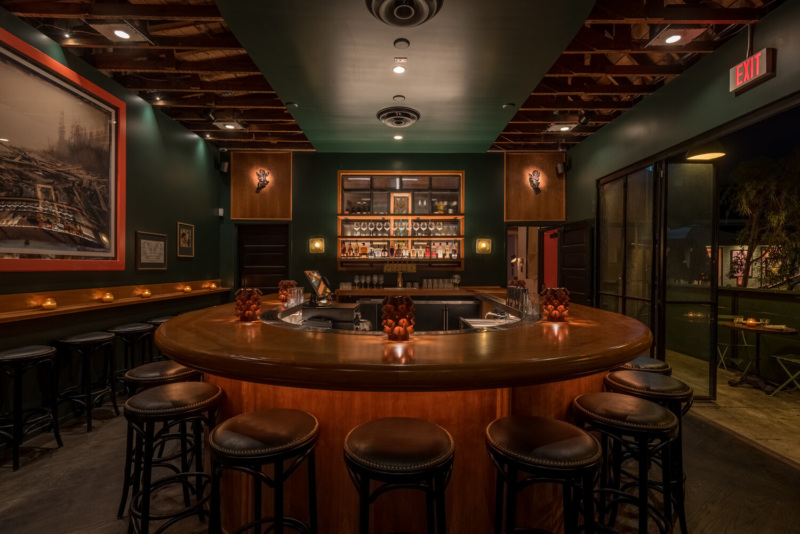

3) Steakhouses are like “Rumours,” everyone’s favorite Fleetwood Mac album.
I don’t think you could find anyone in the world who would disagree that “Go Your Own Way” and “Dreams” are two of the greatest pop songs written of all time. But I also think the enjoyment of those songs, and in fact, the entirety of “Rumours,” Fleetwood Mac’s 1977 album, is immensely deepened by the understanding of the gender and sexual dynamics that unfolded among the band. Namely: Stevie Nicks and Lindsey Buckingham’s ill-fated (though lyrically fertile) relationship, contrasted against the backdrop of Nicks’ affair with Mick Fleetwood, and coinciding with John and Christine McVie’s dissolving marriage (and her affair with lighting director Curry Grant). This tangle is what makes “Rumours” not just a classic album but a timeless live wire, still sparking after forty years.
Steakhouses remain filled with gender dynamics at least as complicated as “Rumours,” although it’s hard to believe we’re still judging them by the rules of old. Yes, they’ve grown out of those formerly all-male fraternities (the beefsteaks of Victorian New York), but they’ve also continued to exist in a haze of patriarchy and power. Many steakhouse design choices are informed by an essentialist aesthetic, one that dictates men like dark wood, leather banquettes, and framed portraits. Of course, that led to an inevitable ebb and flow of steakhouse trends, and a brief moment of glory for the sexy steakhouse — STK, for instance — which was nevertheless contemporaneously rebutted by the woodsman hipster aesthetic of St. Anselm and elsewhere.
This brings us to the current moment of steakhouse design, one that deftly evolves past the old tropes without trying quite so hard to reverse them. At some, like Gus’s Chop House in Brooklyn or Chicago’s Boeufhaus, they’ve discarded all design signifiers of the steakhouse (including the name). Gus’s is almost aggressively neutral: white walls, black Shaker chairs, and pew-like banquets. Boeufhaus is, by contrast, channeling a bistro with exposed brick, a marble bar, and a chalkboard menu. Others, like Michael Schulson’s Alpen Rose in Philadelphia, have synthesized the historically gendered nature of the genre into something new. In Schulson’s telling, at least, the dark wood in his smallish steakhouse represents male energy while the barrelled ceilings and the pink-and-purple-spined books lining the bookshelves represent female energy. (We’re paging Luce Irigaray, or perhaps Gloria Steinem, for thoughts on this.)
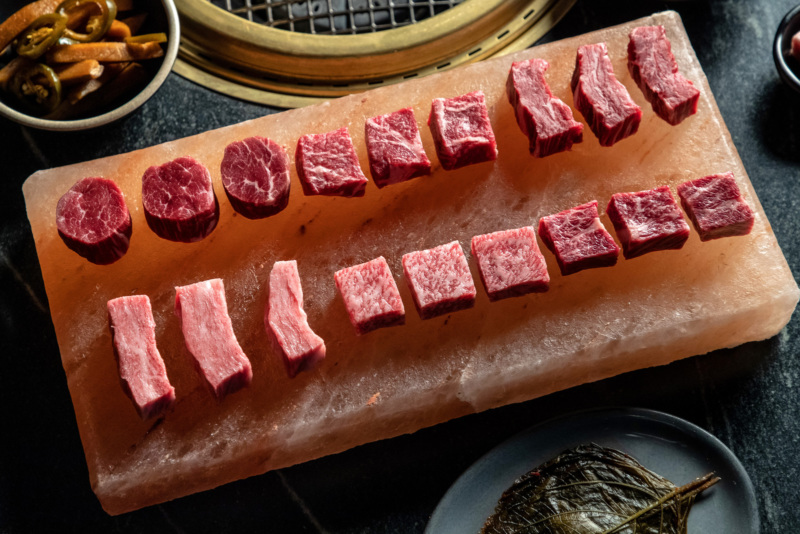

4) Steakhouses are like marital spats.
Therapists like to say that couples that fight all the time don’t have many fights. They have one fight over and over again. As the years drag on, these skirmishes become well-choreographed pas de deux, each party a miserable dancer in an adagio of frustrated dreams, wounded hearts, and raised toilet seats. The upside is that with the script so firmly in place, every bit of ad lib comes with a trill of surprise and delight. Oh, one might marvel, you’re analogizing my emotional presence to a Chinese spy balloon? (Close enough to surveil; distant enough not to be touched.) Nice use of current events!
Steakhouses are similar, if less grim. That the genre is so well-defined allows every variation to register on an exquisitely calibrated seismograph. (Namely one operated by seasoned devotees of the form; see above re: food writers and our fondness for steakhouse rhapsodies.) At Cote, with its locations in Miami and New York, one appreciates the way that its Korean-ness shows up to tweak the form just enough; the gochujang cocktail sauce that accompanies plump prawns in a shrimp cocktail resonates precisely because all other variables are controlled for. (The same goes for Sohui Kim’s addition of kimchi to clams casino at Gage & Tollner.) The excitement of New York’s Hawksmoor, on the other hand, an import from the United Kingdom, is occasioned by the stunning variation of their steaks being charcoal-grilled, grass-fed and served naked. Now I doubt such a relatively minor variation would be so giddily noted in another genre, but in a steakhouse, where every contour has been memorized, these minor deviations count as major news.
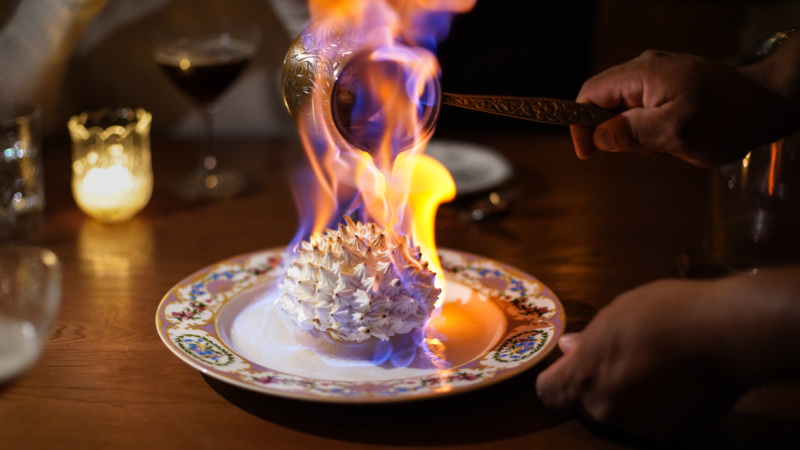
The One Who Keeps the Book Philadelphia
How to Get Into Philadelphia’s Most Sought-After Steakhouse
Sometimes you just need a classic steakhouse experience. We’re talking leather booths, dark wood paneling, and dry-aged beef sliced tableside.…
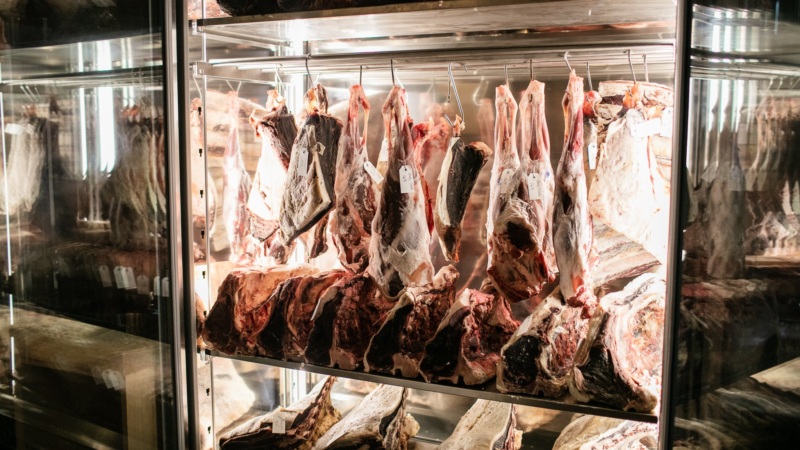
The Perfect Steak? This Chef and Butcher Has Some Answers
Plenty of chefs aim to impress with farm-to-table talk, but few are as dedicated as Sarah Welch, chef and partner…
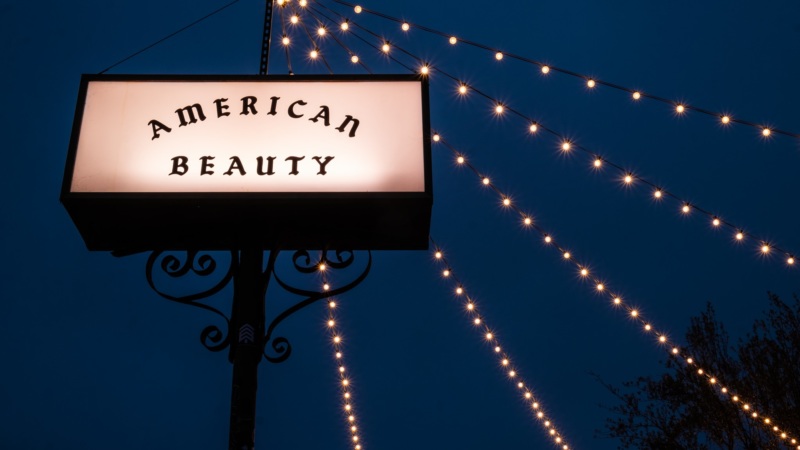
How American Beauty Redefined the Steakhouse, L.A.-Style
It’s a breezy Saturday night in Venice, and the patio at American Beauty is packed. Diners crowd into the outdoor…
5) Steakhouses are like ’90s normcore.
Years ago, I wrote a series of essays about menswear classics for Esquire. One of these classics was the pleated khaki pant, once the bottom half of the corporate casual outfit, the kind of outfit you saw your dad wear on his way to work until that one day he switched to black silk pleated pants and loud rayon dress shirts and then eventually bought a Corvette and moved out to live with a much younger woman.
Much to my bemusement, I thought they, the pants, were a thing of the past … and then promptly discovered that pleated khaki pants were exactly what all the cool kids were wearing today. History was being repeated, as parody, blank parody, ironically or perhaps unironically. Whatever the reason, those same slacks — same exact Dockers to be precise — were now cool, not because the pants had changed but because who was inside them had.
So it is with steakhouses. A place like American Beauty in Los Angeles or, again, the revived Gage & Tollner in New York isn’t cool so much because their forms are distinctly innovative. Their forms, by and large, hew to a time-honored formula. (This is not a qualitative judgement, simply a statement of fact.) And yet, as one quick survey of American Beauty, housed in a former ranch market in Venice, makes clear, this is in no way the corporate casual khaki pant steakhouse, of the sort that attracts Corvettes and age-inappropriate matchups. No one is over 50. There are no watches weighing down wrists or collars so open they look like they’re devouring the heads poking out above them. It is as far from an andron as a SoulCycle class. At Gage & Tollner, the dining room — steps away from the busy Fulton Street — is filled with an effulgent expression of urban experience: Hinge dates and brownstone lesbians, finance bros and theater geeks, fathers, sons and lovers, mothers, daughters and others, Red Hookers, onlookers, Cobble Hillers, Park Slopers, tourists from across the river and beyond. They come not for an homage to history but for the shimmering present. This is only tomorrow’s past. It’s a great room feeling itself fully and fitting perfectly.
And though the steaks might look the same — bloody as hell and glistening too — so be aware that there’s fresh blood in the room. And thank god for them.
Joshua David Stein is a cookbook and children’s book author. He is the former restaurant critic for the Village Voice and the New York Observer, and the co-author of the memoir “Notes from a Young Black Chef,” with Kwame Onwuachi; the cookbooks “Il Buco: Stores & Recipes,” with Donna Lennard; “The Nom Wah Cookbook,” with Wilson Tang; “My America: Recipes from a Young Black Chef,” with Kwame Onwuachi; and “Vino: The Essential Guide to Real Italian Wine,” with Joe Campanale. Follow him on Instagram. Follow Resy, too.

